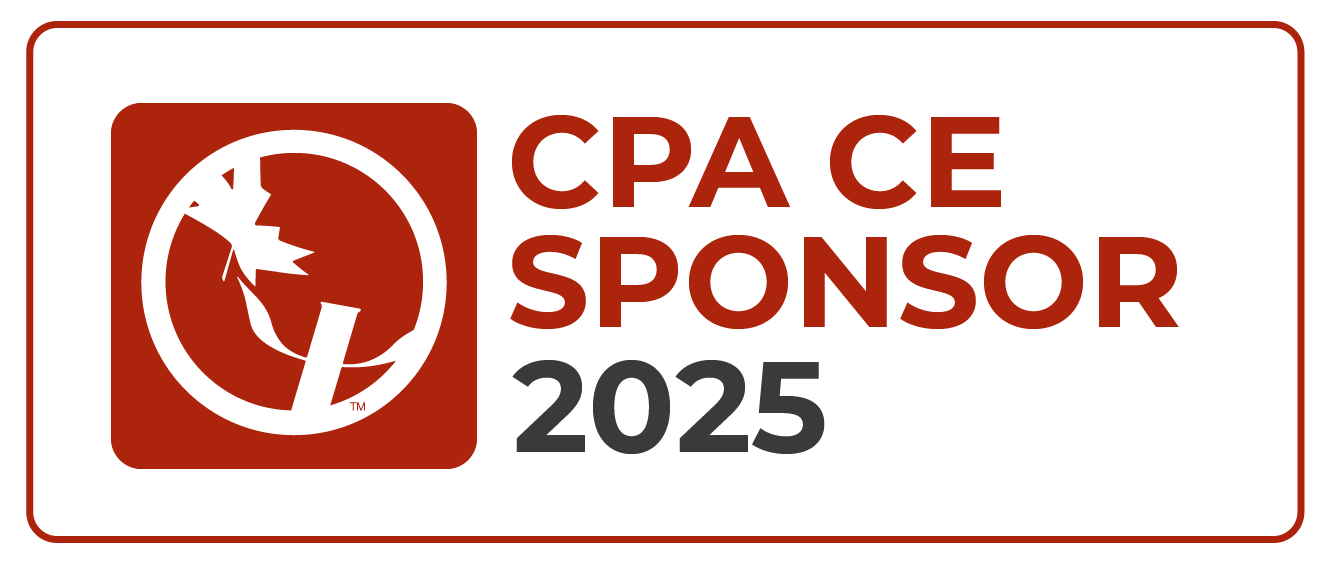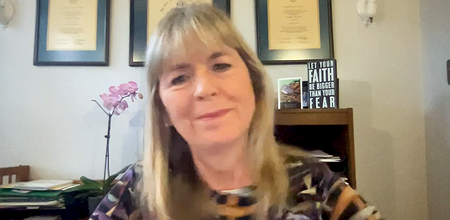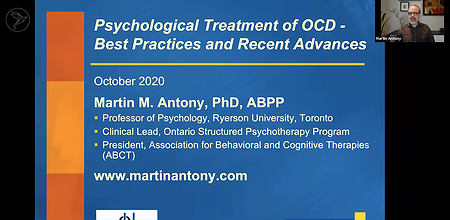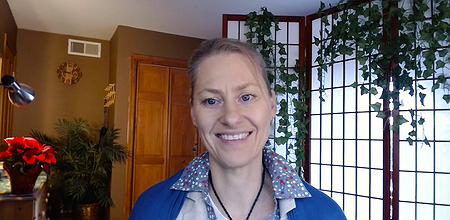This workshop includes theory as well as clinical examples. It includes videos ranging from 5-15 minutes in length. The PowerPoint of the workshop can be downloaded.
How to use exposure to best treat anxiety disorders and phobias
Prof Stéphane Bouchard, Psychologist
Theoretical Foundations and Clinical Insights for Mastering Exposure
Excerpt: exposure to best treat anxiety and phobias
- 5h30 of continuing education
- 28 lessons that last from 5 to 15 minutes each
- 1 certificate of achievement
- 1 power-point
- 1 bibliography
- 1 course evaluation
- 4 months access - automatically extended until you complete the course
- 7-day money back guarantee
- 97% of participants who completed the satisfaction survey declare they would recommend this course to a colleague
Overview
Exposure therapy is one of the most common and effective psychotherapeutic techniques. Yet, as straightforward as the fundamental concept may seem, its clinical application requires considerable nuance and skill. Which type of exposure therapy is most appropriate for different clinical scenarios? How can we effectively explain cognitive models to our clients? What strategies can be employed to manage the risk of dissociation?
To help you master exposure therapy in psychotherapy, Professor Stéphane Bouchard has meticulously designed this course with a strong emphasis on theoretical and technical rigor. He delves into the current scientific understanding of brain function, exploring the neurological and cognitive mechanisms activated in response to perceived threats, alongside the processes of avoidance, learning, and reward. This valuable information is intricately linked to practical strategies, making it directly applicable to your clinical work with clients.
Professor Bouchard also describes the psychological models associated with each major anxiety disorder, providing detailed guidance on crafting exposure scenarios and employing specific clinical techniques. Throughout this course, he offers practical suggestions tailored to the nuances of treating phobias, panic disorder, social anxiety disorder, OCD, GAD, and PTSD.
By the end of this training, you will possess a deep understanding of how to implement exposure therapy effectively, enhancing your therapeutic approach and optimizing outcomes for your clients.
About the expert
![Picture of Stéphane Bouchard [en]](/media/studeo/teachers/2021/Picture_jz2iMmx.jpg.500x500_q85_box-20%2C0%2C321%2C300_crop_detail.jpg)
Dr. Stéphane Bouchard, psychologist, is the Canada Research Chair in Clinical Cyberpsychology and a full professor of clinical psychology at the University of Quebec in Outaouais.
As a scientist-practitioner, he has dedicated his career to developing clinically useful models and interventions and to conducting rigorous studies on the treatment of anxiety disorders and other mental disorders. His research focuses on the development of virtual reality environments to treat complex anxiety disorders as well as pathological gambling. He also conducts clinical trials on the effectiveness of in-virtuo exposure for anxiety disorders, as well as experimental studies to understand what makes virtual reality an effective therapeutic tool.
In addition to this, Prof. Bouchard researches the clinical effects of telepsychotherapy (distance intervention) and how this intervention should be used to obtain optimal treatment outcomes. He has received several awards and distinctions, including the prestigious Adrien Pinard Prize for his significant contributions to the field of psychology.
Learning objectives
- Understand the research on the treatment of anxiety disorders and phobias
- Identify the key ingredients involved in exposure
- Integrate exposure into cognitive behavioral psychotherapy for phobias, panic disorder, social anxiety, Generalized Anxiety Disorder, Obsessive-compulsive disorder and Post-traumatic stress disorder
Learning material
Syllabus
- PowerPoint
- 1. Presentation
-
Key factors in anxiety disorders
- 2. The bio-psycho-social model (basics of anxiety), and the anxiety equation
- 3. The trap of avoidance and the basics of the amygdala
- 4. Memory reconsolidation, the implications of psychotherapy in anxiety and the simplified transdiagnostic model
-
Information on effectiveness
- 5. The goals and debates of cognitive behaviour therapy (CBT)
-
Exposure as an element of CBT
- 6. Ten commandments of CBT and the myths surrounding CBT
- 7. CBT strategies for anxiety disorders
-
Application and mechanism
- 8. The aim of exposure for anxiety disorders and the various forms
- 9. The intensity of exposure and it's nuances
- 10. Example of a study on exposure and anxiety
-
Phobias: model, protocol and application
- 11. Specific phobia model and examples
-
PDA: model protocol and application
- 12. The panic disorder model
- 13. Examples of stimulis for exposure to panic disorders
-
SAD: model, protocol and application
- 14. Social phobia model and protocol
- 15. Example of social phobias and exposure
-
GAD: model, protocol and application
- 16. General anxiety disorder model and protocol
- 17. Avoidance behaviours of general anxiety disorder
- 18. Concrete example of cognitive exposure with GAD
- 19. Exercise for exposure of a patient with GAD
-
OCD: model, protocol and application
- 20. Obsessive-compulsive Disorder (OCD) model explained
- 21. OCD protocol and exposure exercices for satination OCD and violence and verification OCD
- 22. Exposure for hoarders, and cognitive exposure for OCD
-
PTSD: model protocol and application
- 23. Posttraumatic Stress Disorder (PTSD) model and protocol
- 24. Warnings about exposure and PTSD, and cognitive exposure for PTSD
- 25. Examples of exposure with PTSD, In vivo exposure and reducing the risk of dissociation
-
Broadening the scope: VR, therapist’s adherence
- 26. CBT in virtuo (virtual reality)
- 27. The myths surrounding exposure
-
Conclusion
- 28. Takeaways and conclusion
- Bibliography
CE Credits
Download a certificate of successful completion.
Audience
This training is intended for mental health professionals.
Your comments
"A great course. Thank You!!"
A psychologist (Canada)
Registration
Ask a question
Do you have a question? Then email us at contact@asadis.net
Frequently asked questions
-
How long do I have access to the course?
After your registration, the course is accessible anytime and from anywhere for 124 days. And if that’s not enough, we’ll automatically extend your access.
-
When does the course start?
That is entirely up to you! When you buy a course, you'll receive an access link that you can activate when you want.
-
Is there a student rate?
Yes there is! To learn more, email us at contact@asadis.net.
You may also be interested in:
Legal notice
The courses offered by ASADIS are accredited by different professional organisations. In addition, ASADIS is approved by the Canadian Psychological Association to offer continuing education for psychologists. ASADIS maintains responsibility for the program.
The CPA’s approval of an individual, group, or organization as a CE Sponsor or Provider is restricted to the activities described in the approved application or annual report form. The CPA’s approval does not extend to any other CE activity the Sponsor or Provider might offer. In granting its approval, the CPA assumes no legal or financial obligations to Sponsors, Providers, or to those individuals who might participate in a Sponsor or Provider’s CE activities or programs. Further, responsibility for the content, provision, and delivery of any CE activity approved by the CPA remains that of the CE Sponsor or Provider. The CPA disclaims all legal liability associated with the content, provision, and delivery of the approved CE activity.





